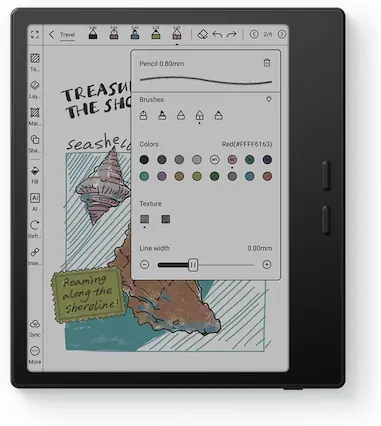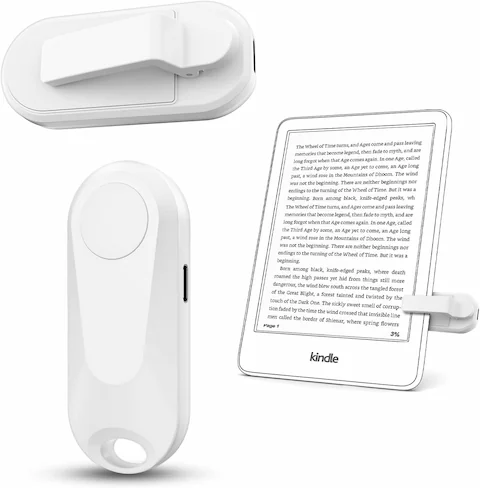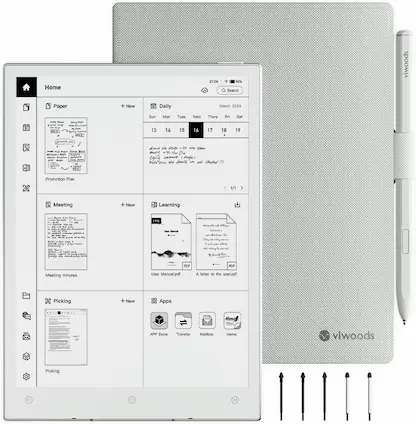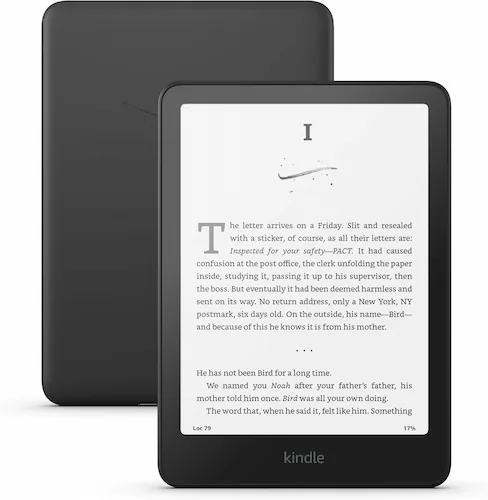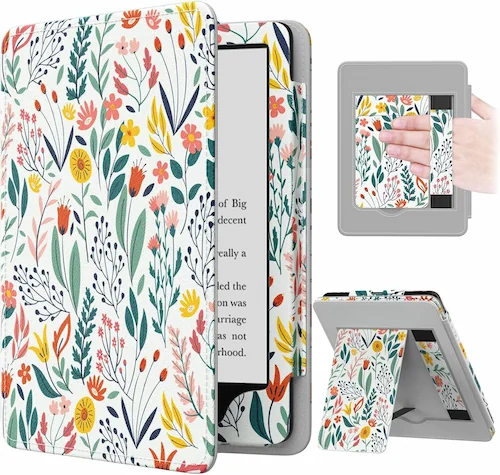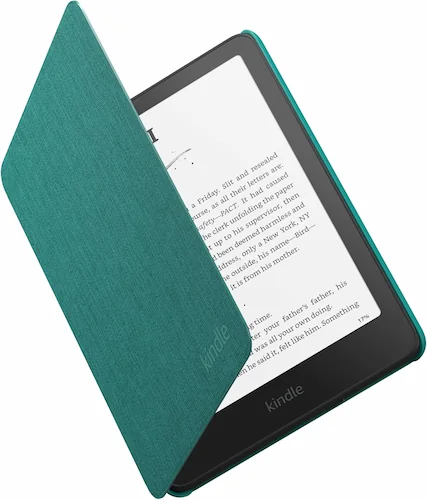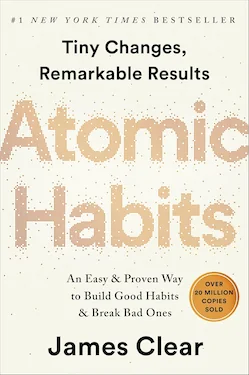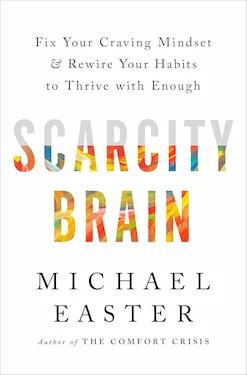The New Viwoods Stylus Pro Might Surprise You!
The New Viwoods Stylus Pro Might Surprise You!
10 minutes read time.
Viwoods has just unveiled two brand-new styluses designed to improve your digital writing and drawing experience. Let’s break down what makes them unique, how they compare, and who they’re best suited for.

🔷 The New Styluses at a Glance
1. Viwoods Stylus Pro (W2)
-
An upgraded version of the original Viwoods stylus
-
Features a slimmer, narrower nib for finer, more precise lines
-
Great for everyday note-taking, sketching, and general use
2. Viwoods Ceramic Stylus
-
Comes with a super small, highly accurate tip
-
Tip is non-replaceable but designed for durability
-
Ideal for:
-
Technical diagrams
-
Architectural sketches
-
Design prototyping
-
Any task that requires precision and accuracy
-
🔷 Pricing
-
Stylus Pro (W2): $79
-
Ceramic Stylus: $99
Both are priced fairly in line with what we’ve seen from Viwoods before.
👉 If you purchase the AiPaper or AiPaper Mini, you’ll now be able to choose between the new Stylus Pro or the original stylus as part of the bundle.
🔷 Comparing to the Original W1 Stylus
When we look at the new Stylus Pro and Ceramic Stylus alongside the original W1, there are several differences worth highlighting.
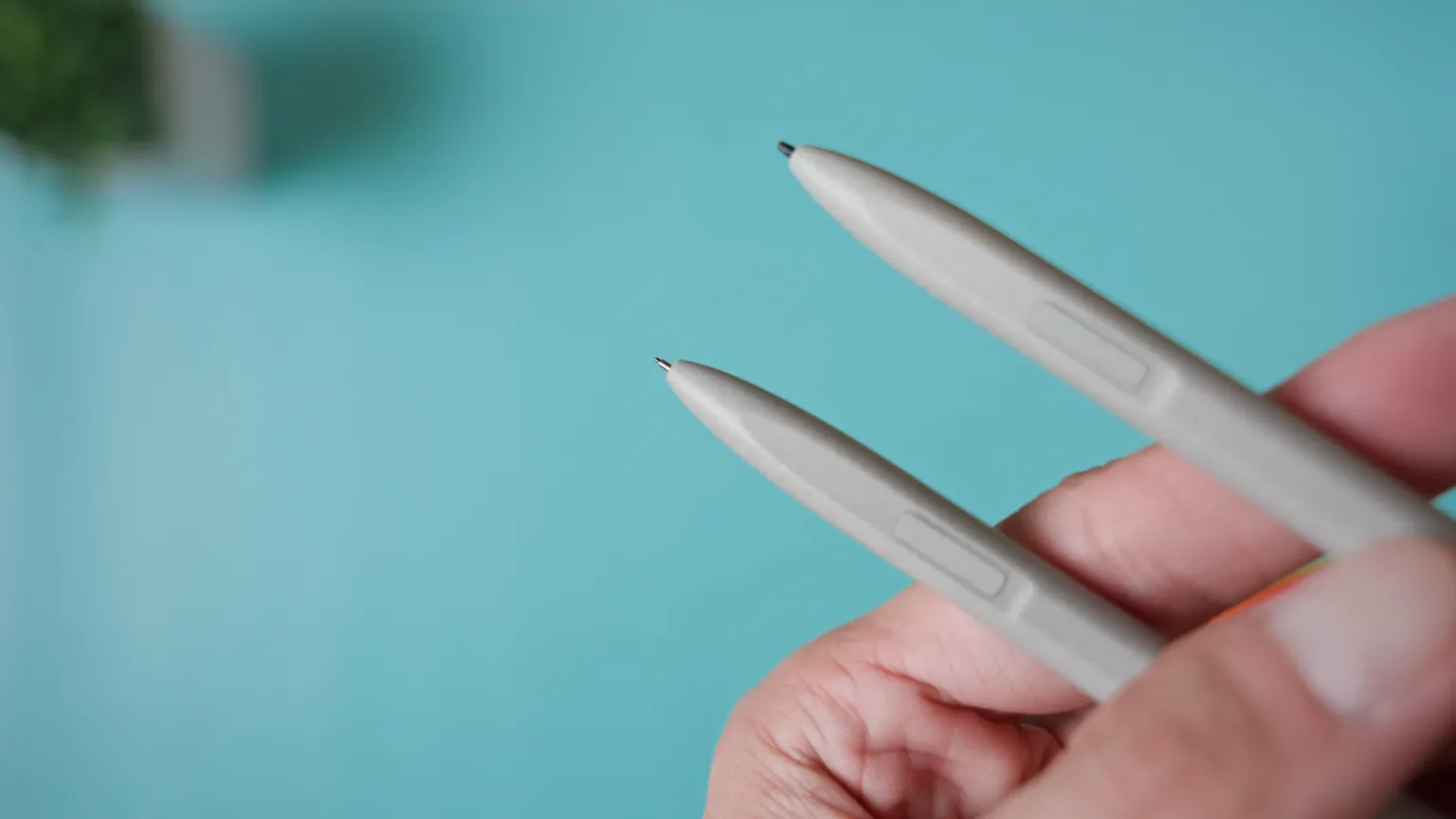
First, the new models are made from a rougher, more textured plastic. This finish feels pleasant to hold, provides a more secure grip, and thanks to the UV paint, it also resists scratches better. So far, they feel durable and well-built.

The new styluses are also a little longer — about half a centimeter (0.19 inch) more than the W1. The extra length doesn’t radically change handling, but it does make the stylus feel slightly more balanced. The only downside is that the guideline on the device no longer lines up perfectly with the stylus, which is a minor detail but still noticeable.
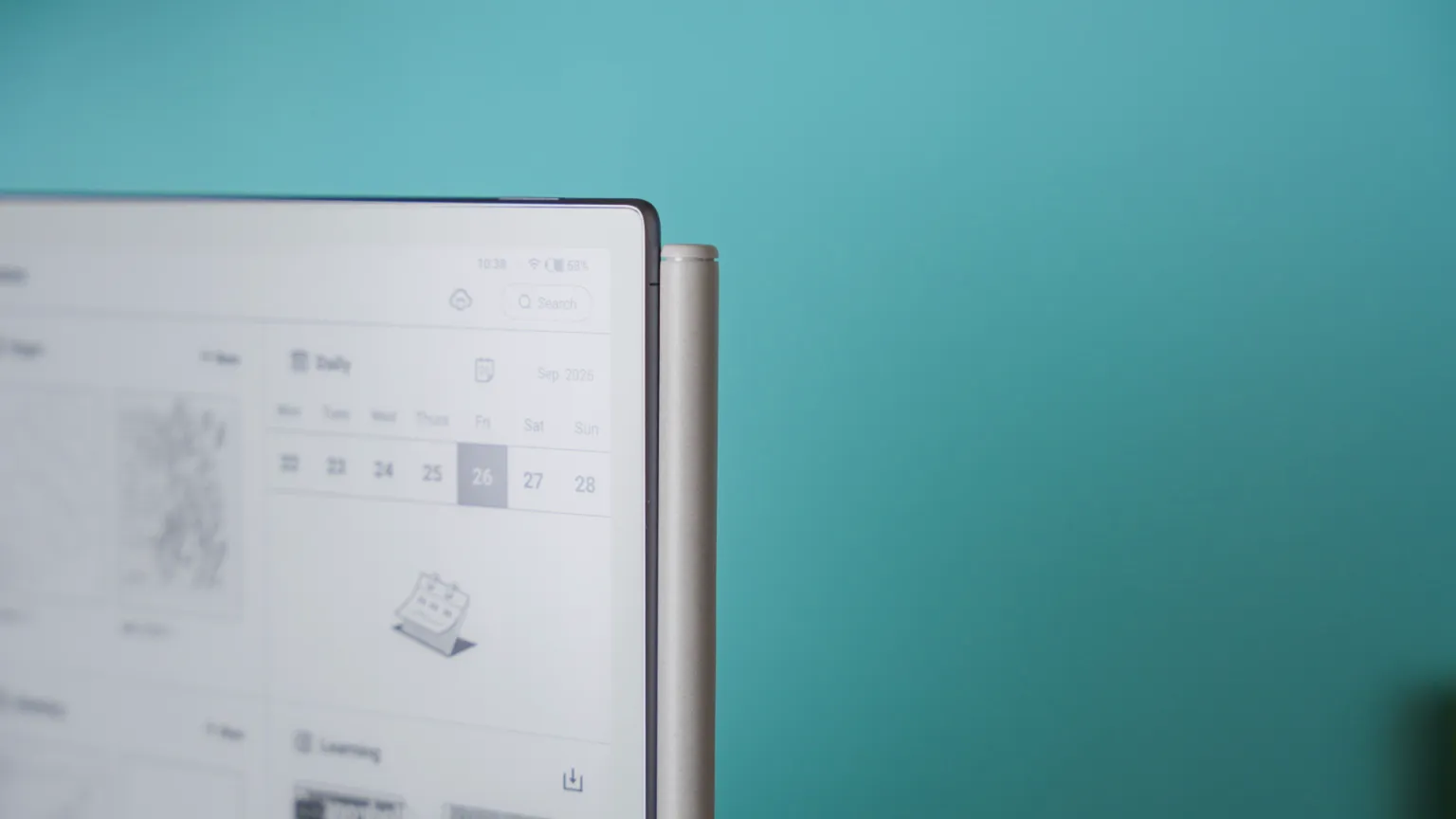
In terms of magnets, all three styluses perform about the same. They’re serviceable but not especially strong, and personally I’d like to see a firmer hold.
The button and eraser remain unchanged. The click feels the same across all three styluses, and the pressure-sensitive eraser on the back is identical in size and material.
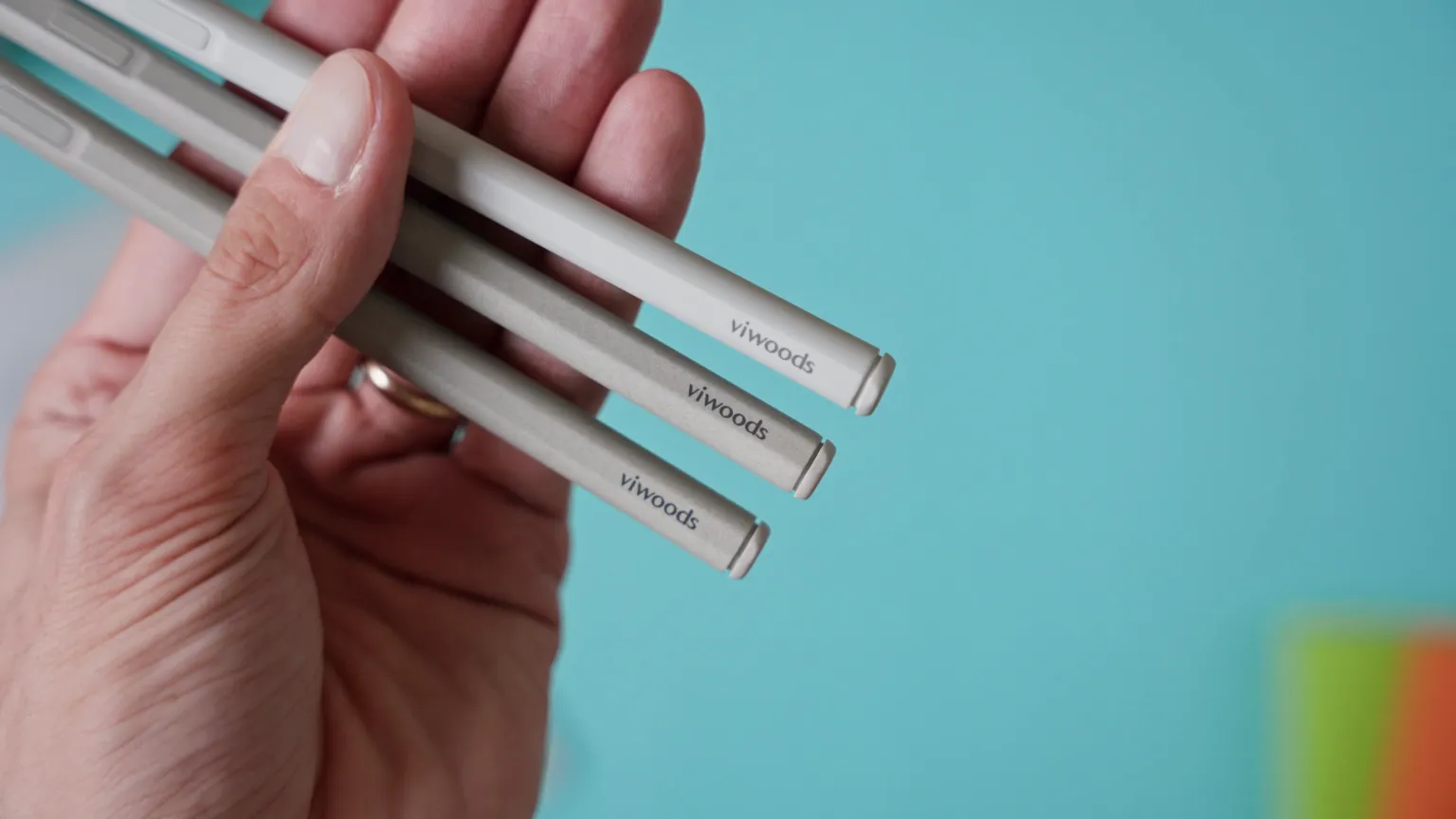
One small but welcome improvement is in build quality. The original W1 had a slight rattle if you shook it, whereas the new styluses feel completely solid with no internal noise.
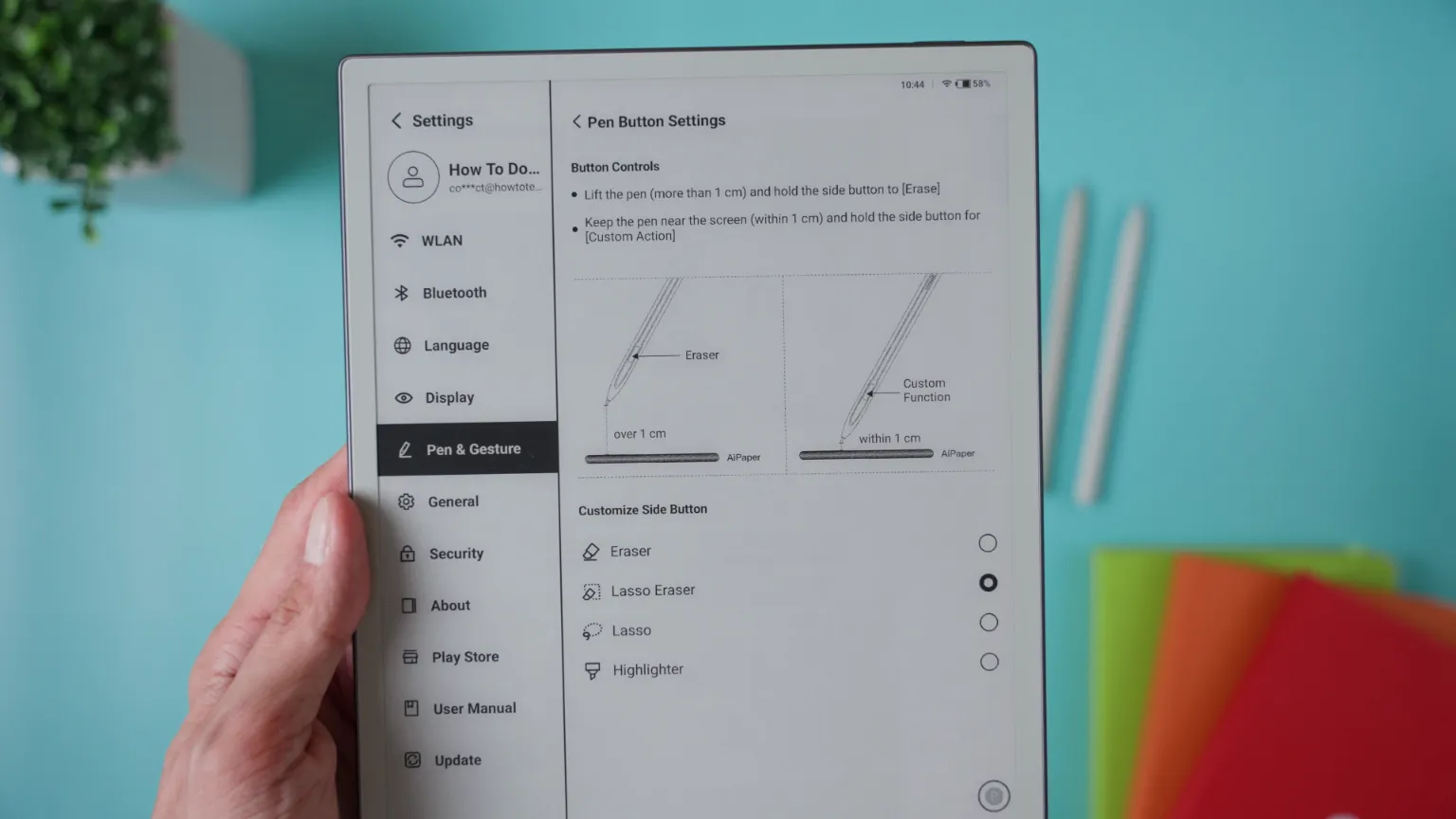
Finally, a big change comes from software. With the latest update, the button on all three styluses can now be customized. You’re no longer limited to a single function — instead, you can assign it as an eraser, lasso eraser, lasso tool, or highlighter. This flexibility makes the stylus far more useful than before.
🔷 Viwoods Stylus Pro (W2)
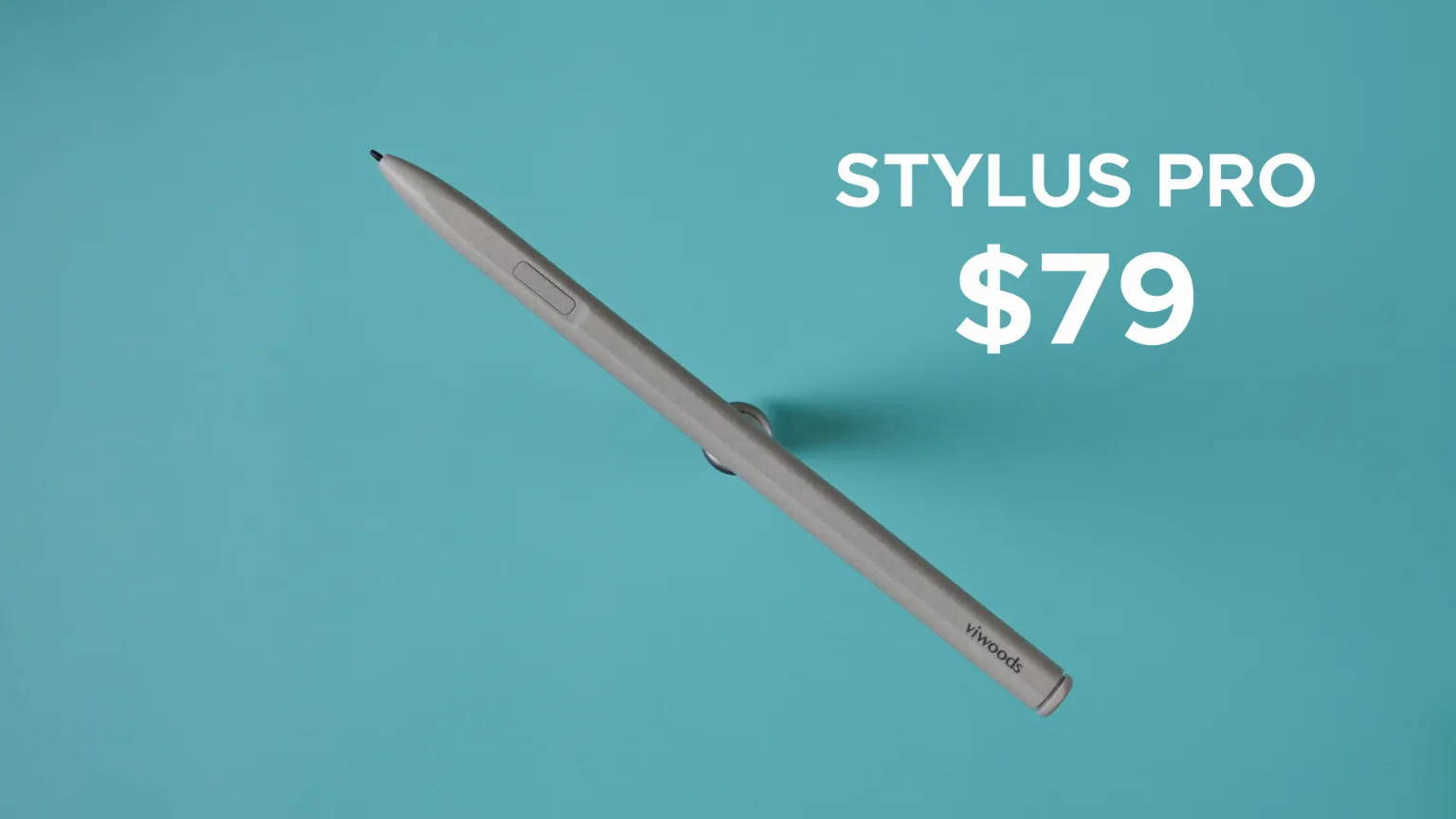
The Viwoods Stylus Pro, also known as the W2, is an upgraded version of the standard stylus. It’s designed as a versatile, well-balanced tool that excels in both creative and professional use. With its more dynamic input, it works especially well for fluid artistic sketches or long writing sessions, where the softer feel helps reduce hand fatigue.
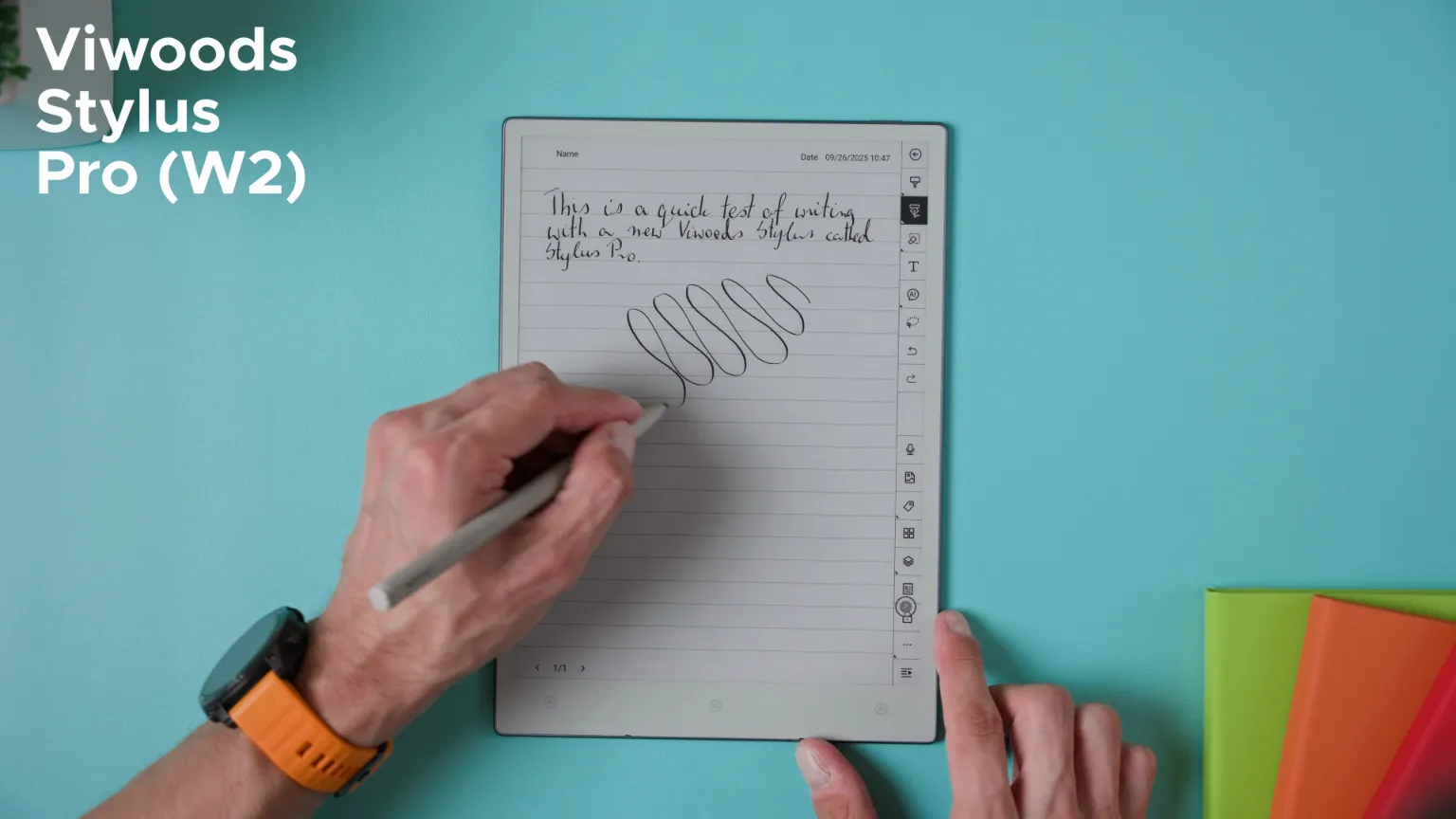
A standout feature is the ability to swap between two nib options, both narrower at just 1 mm:
-
FELT nib – Softer, offering a smooth, fluid sensation that closely resembles writing on paper. This nib provides the most natural handwriting feel and is my personal favorite.
-
POM nib – Made from polyoxymethylene, a harder plastic that feels more like writing with a premium ballpoint pen. It’s precise, firm, and ideal for those who prefer a pen-like experience.
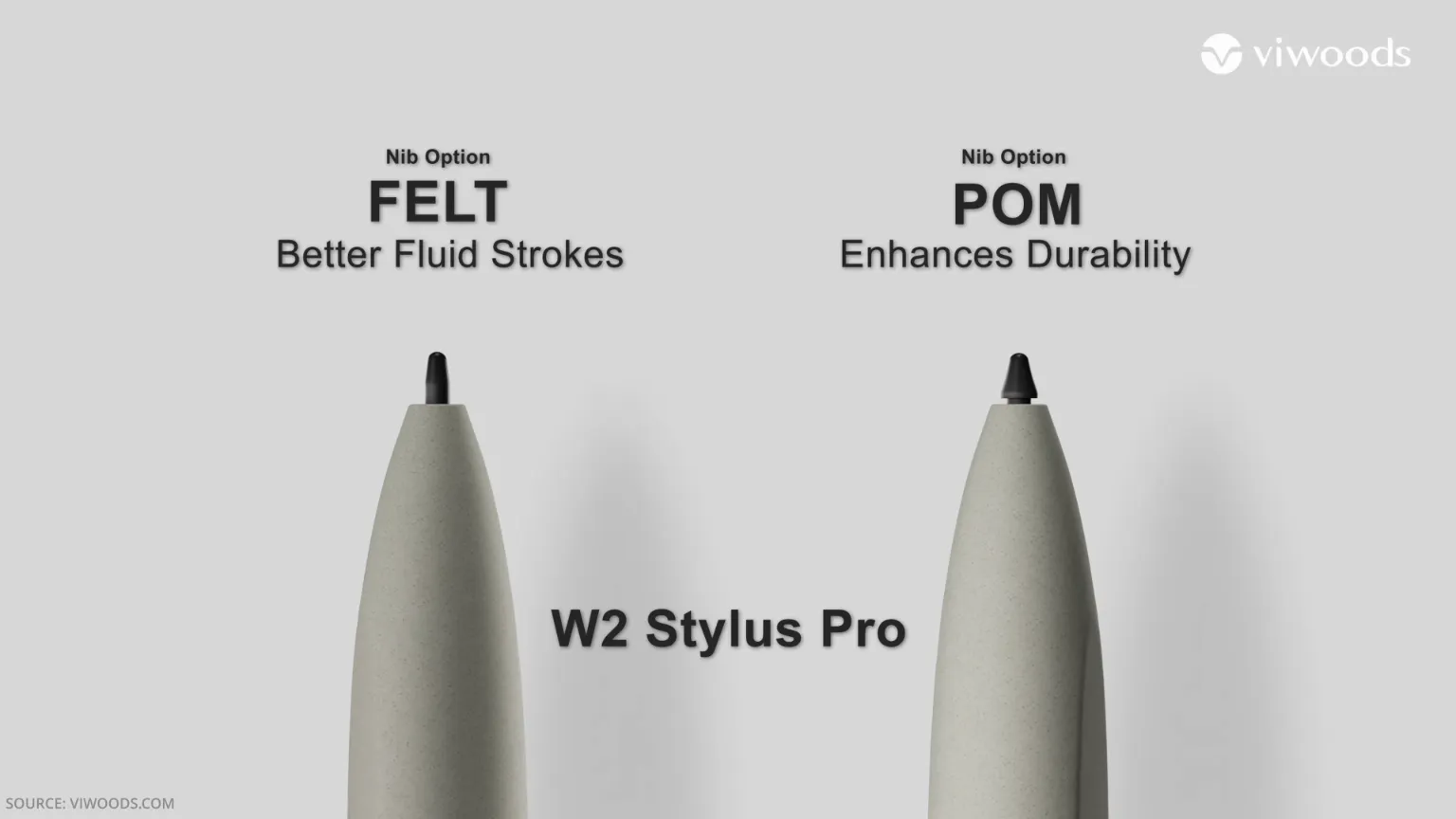
Viwoods includes three extra FELT tips and one extra POM tip in the box. That’s more than enough to keep you going for a long time without worrying about replacements.
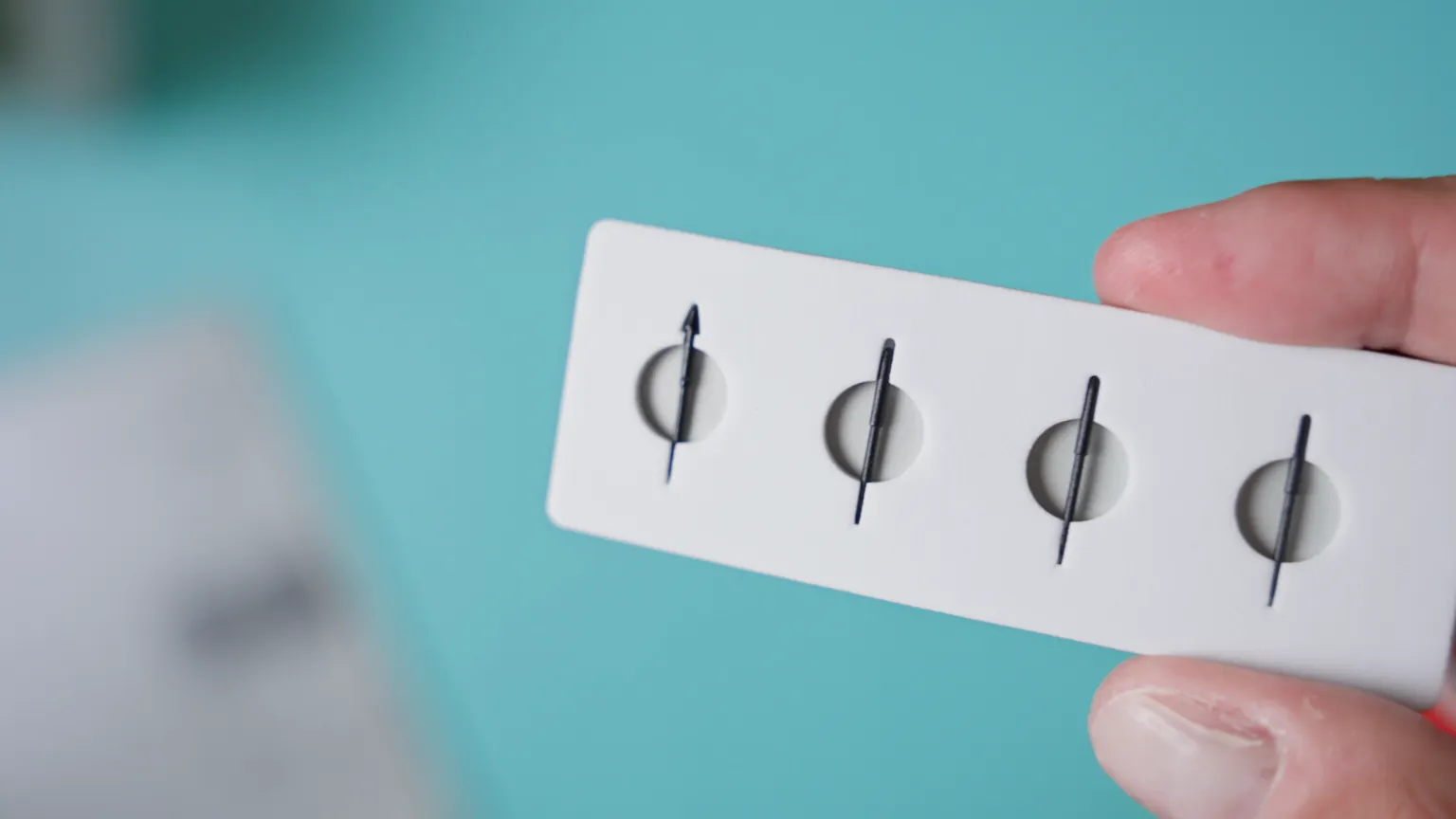
Compared to the original W1 stylus, the improvements are definitely present, though somewhat subtle. The W2 doesn’t reinvent the experience, but the refinements make it more comfortable and enjoyable. For me, the Stylus Pro with the FELT tip is the clear choice for everyday writing and note-taking.
🔷 Viwoods Ceramic Stylus
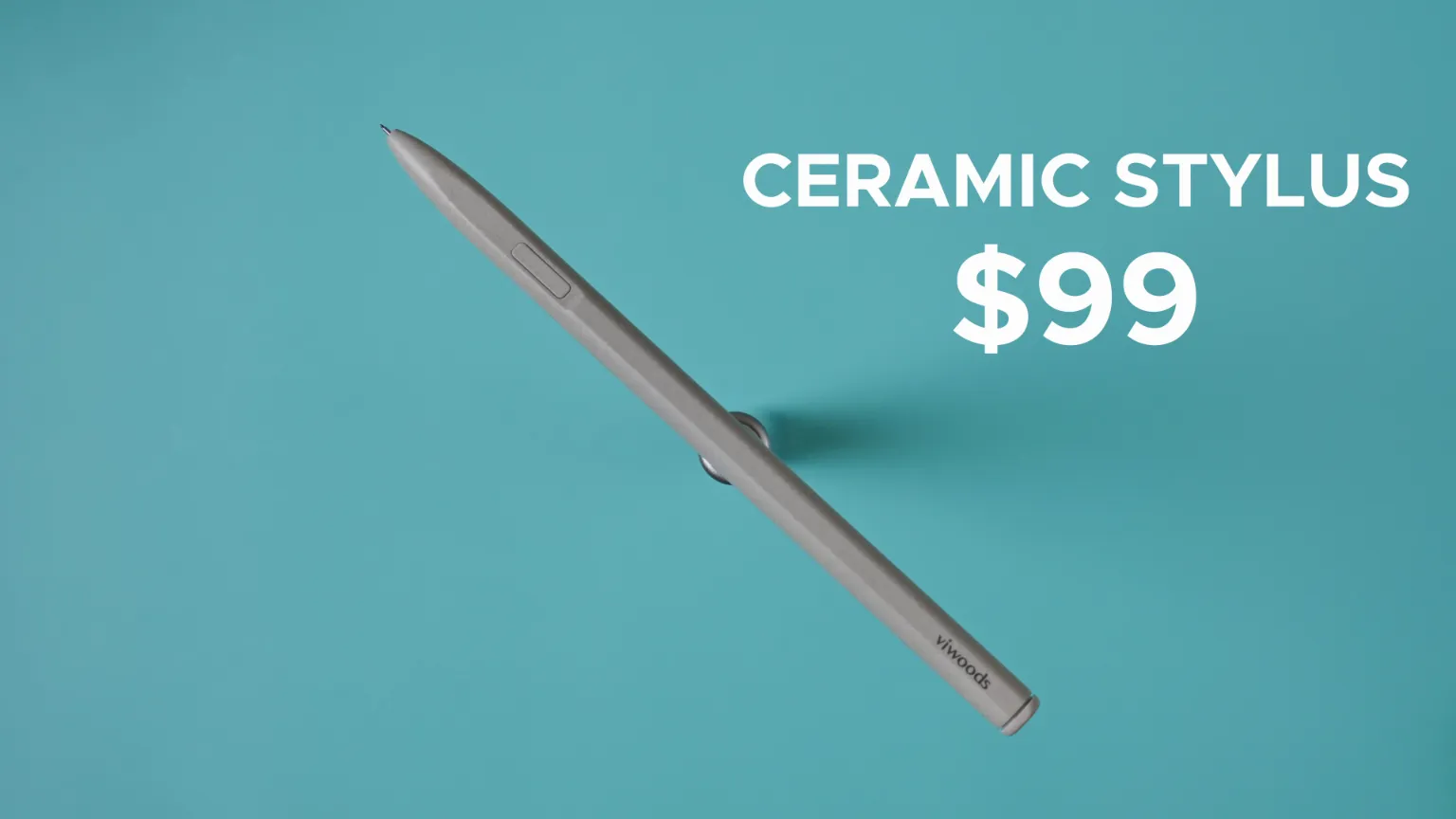
The Viwoods Ceramic Stylus is a very different experience compared to both the original W1 and the Stylus Pro. It comes in a matte, light grey plastic body — the same design as the Pro — and is slightly longer than the original. Like the other new models, it feels solid in hand with no wobble or rattle.
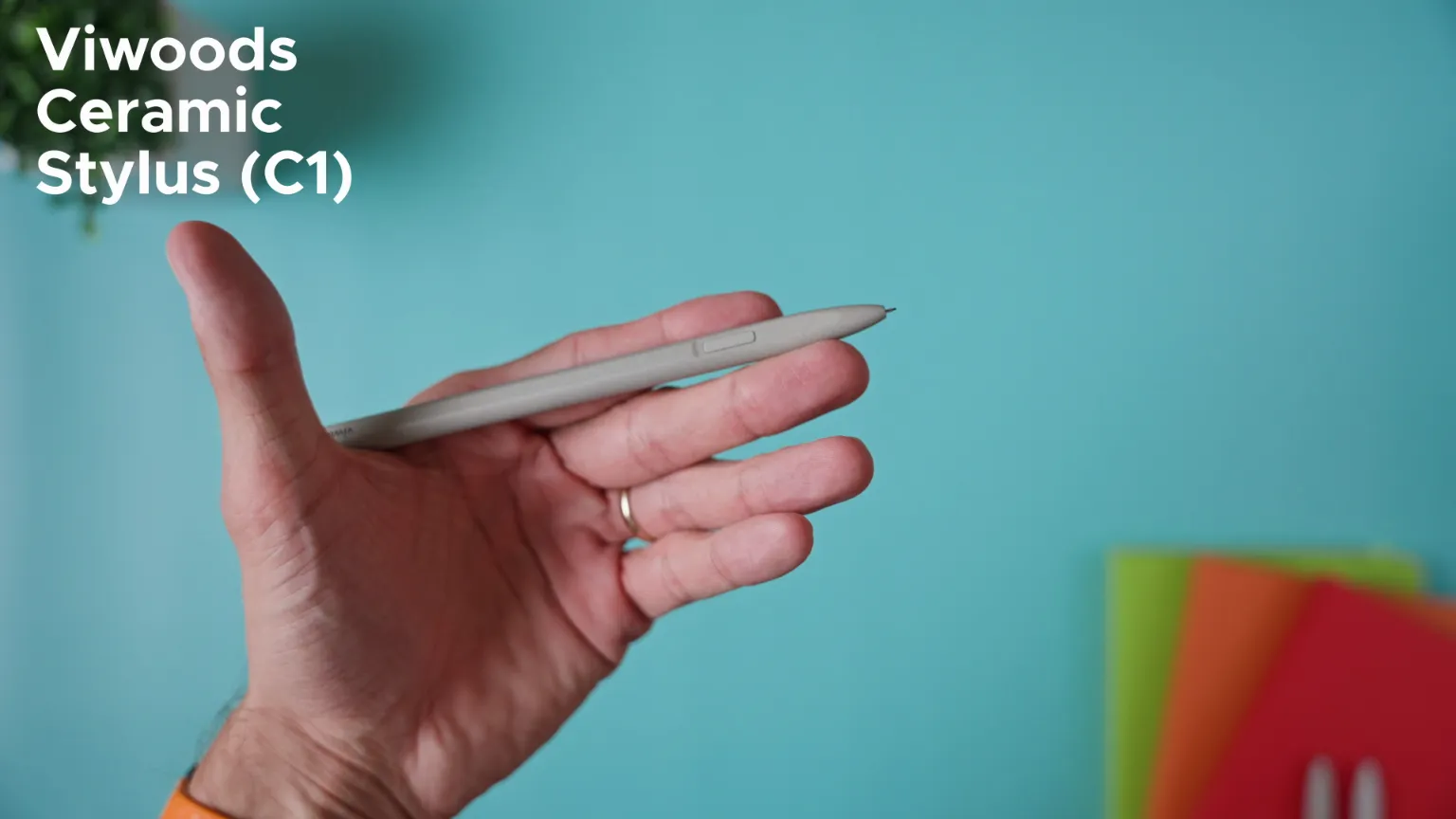
What really sets this stylus apart is the ceramic tip. At just 0.5 millimeters, it’s incredibly thin and precise, making it ideal for fine lines, technical diagrams, or highly detailed sketches.
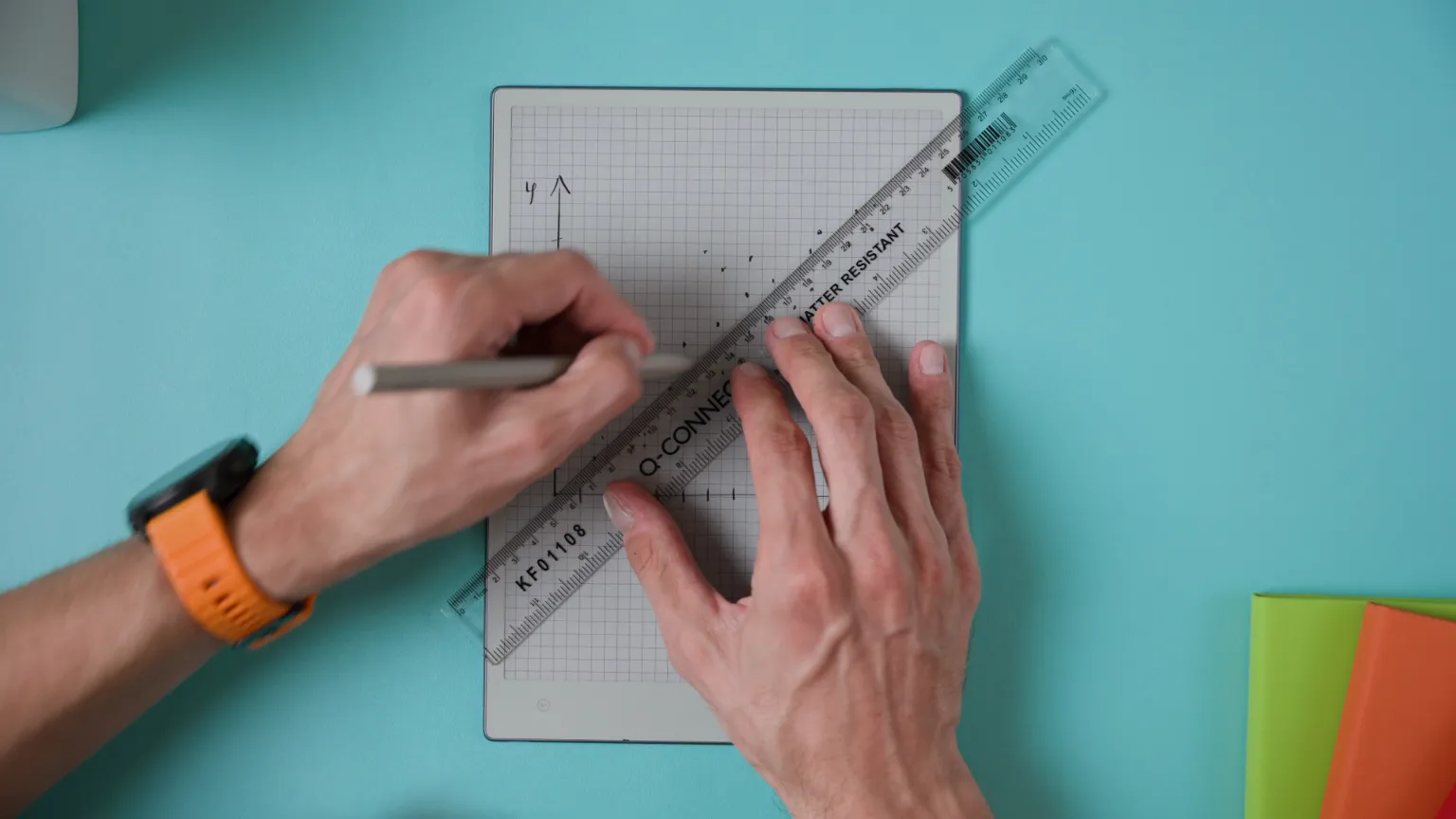
Writing with it produces a noticeable scratchy, click-clack sound, which gives it a distinctive character. Some people may find this satisfying, while in quiet spaces it might feel a bit distracting.
The ceramic nib also has a clever safety feature: when pressed harder against the screen, it retracts slightly inside the stylus. This prevents users from pressing too hard and potentially damaging the display — a subtle but very thoughtful design touch.
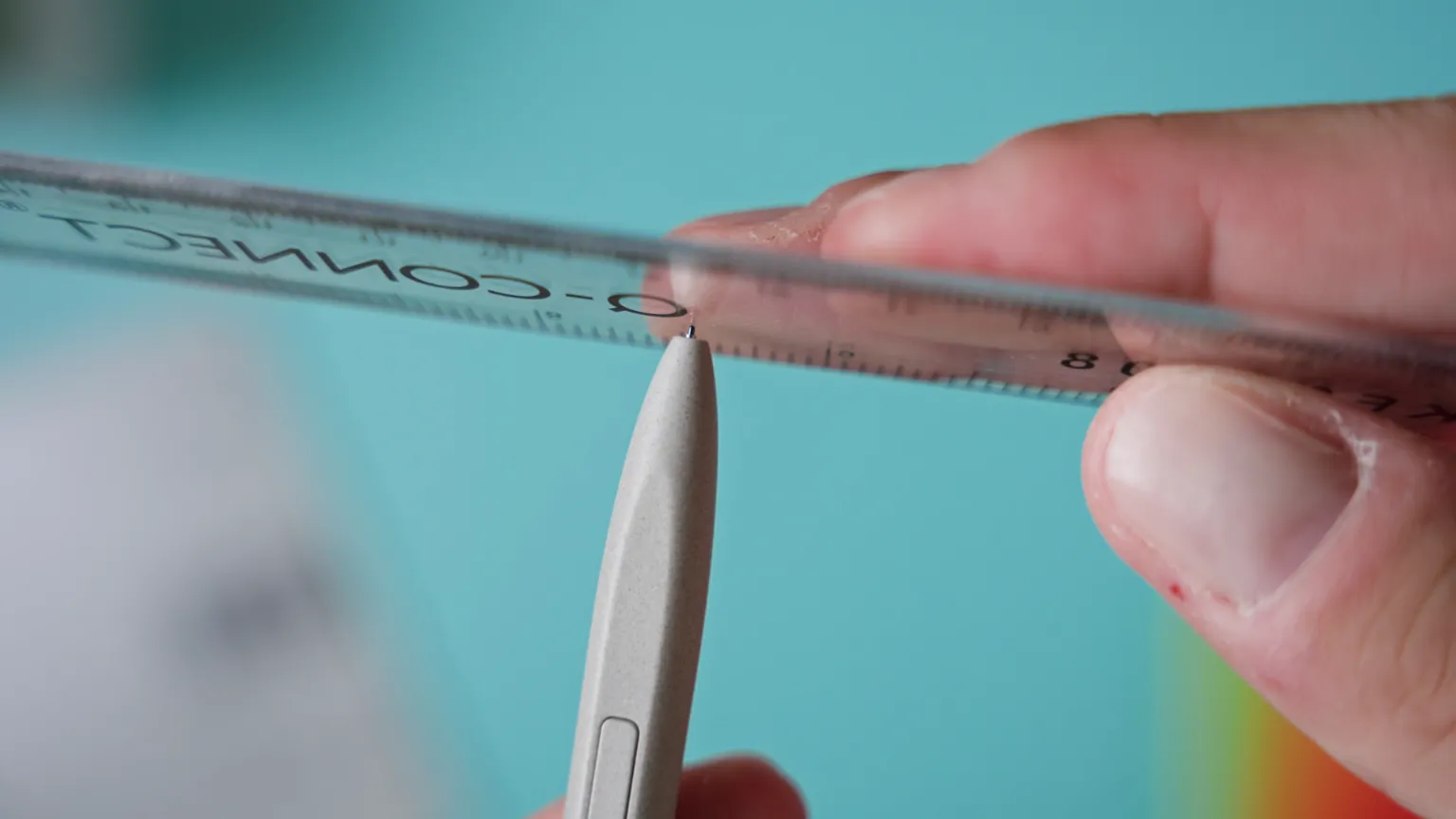
One limitation is that the nib isn’t replaceable. If the tip wears out or gets damaged, the stylus can’t be repaired. While it does appear tough and durable, long-term reliability remains to be seen.
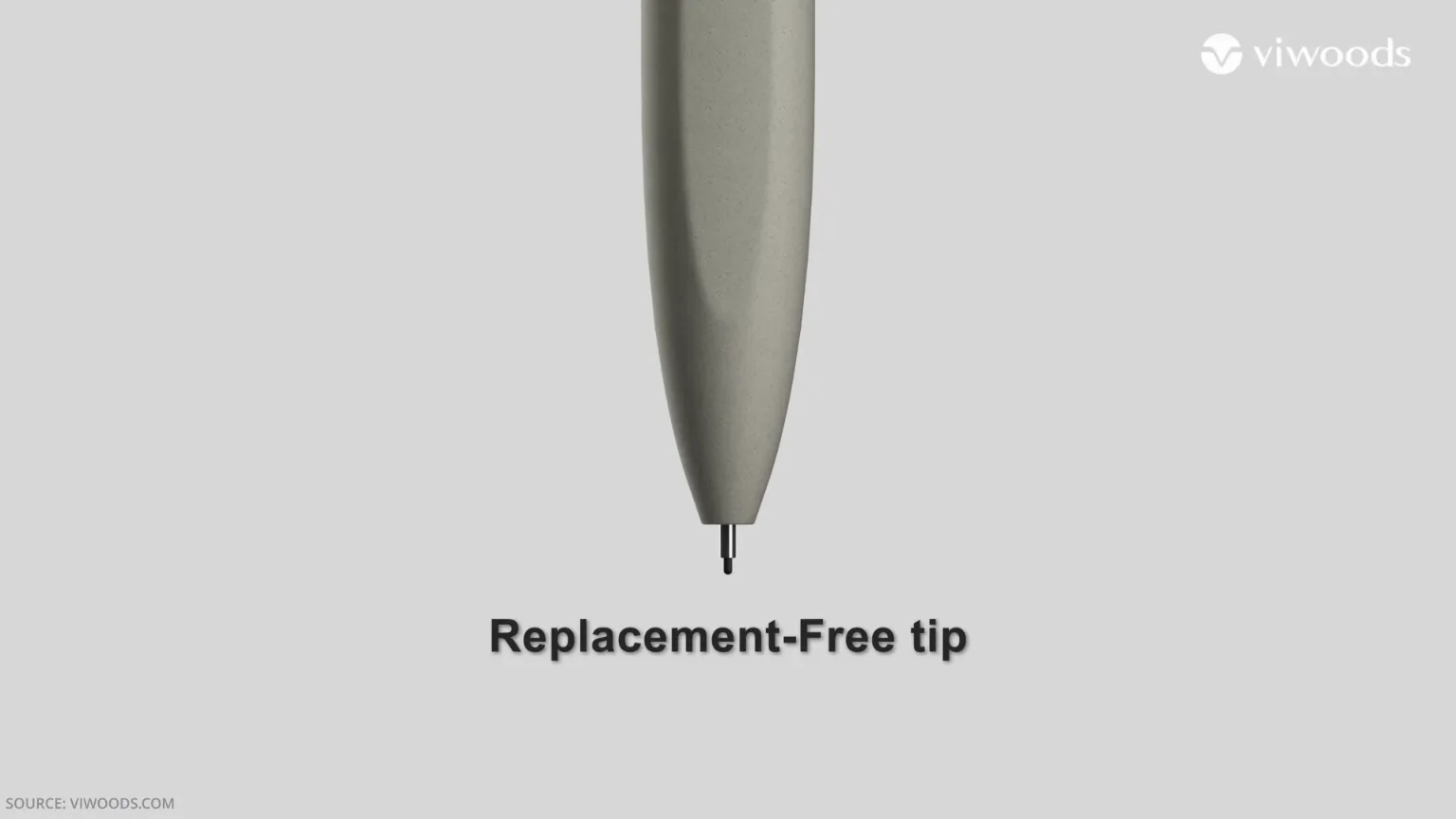
In practice, the Ceramic Stylus delivers exceptional accuracy and control, with very low latency. It’s outstanding for tasks that demand precision, such as architectural drawings or design work. However, because of its rigid feel, it’s less suited for broad strokes or looser handwriting, where a softer stylus might feel more natural.
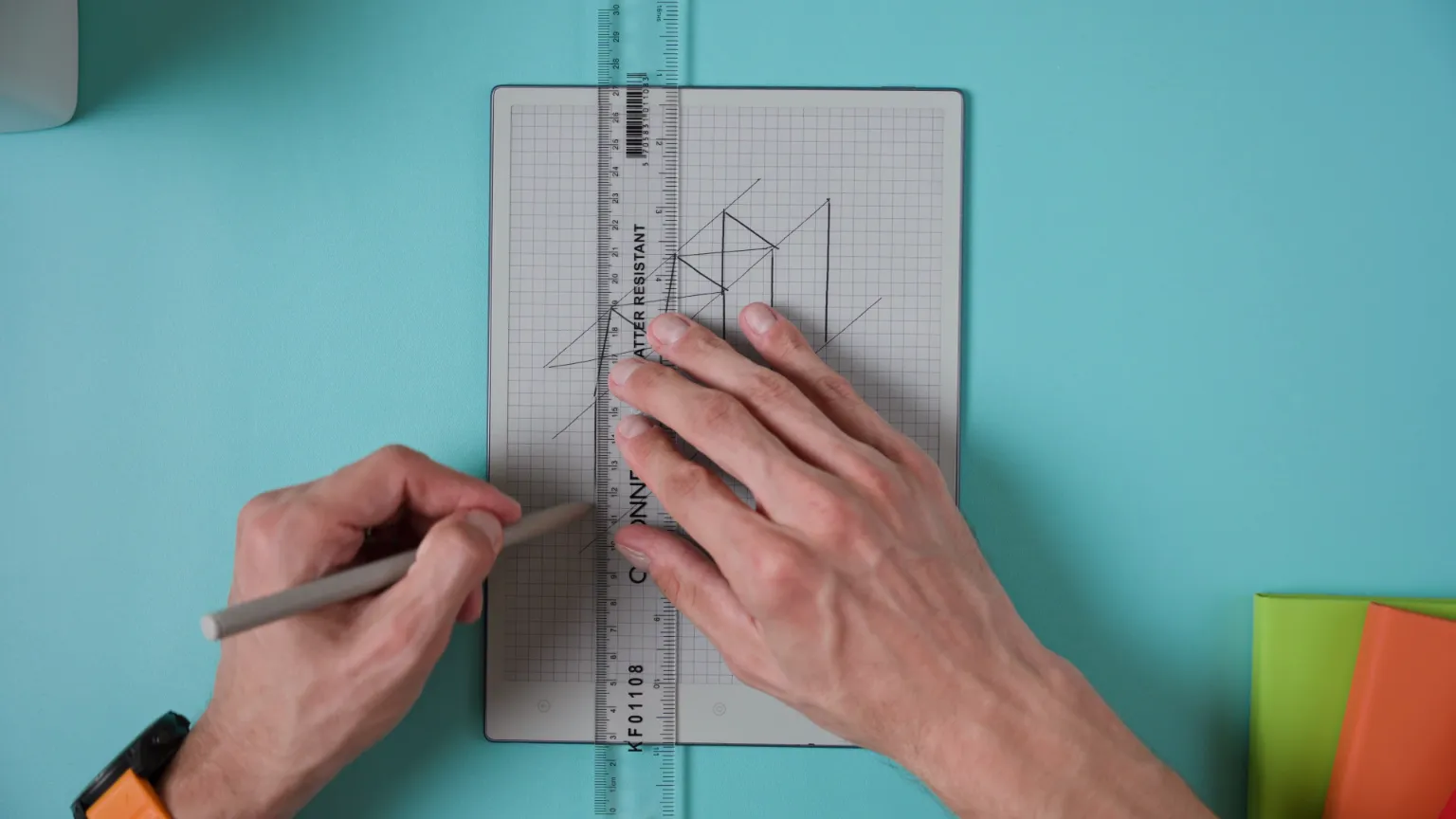
🔷 Conclusions
To wrap things up, the Viwoods Stylus Pro (W2) feels like a meaningful refinement over the original W1. The slimmer nib, interchangeable tips, and overall improved balance make it a solid choice for anyone buying a new device. For everyday note-taking and longer writing sessions, it’s the stylus I would recommend most.
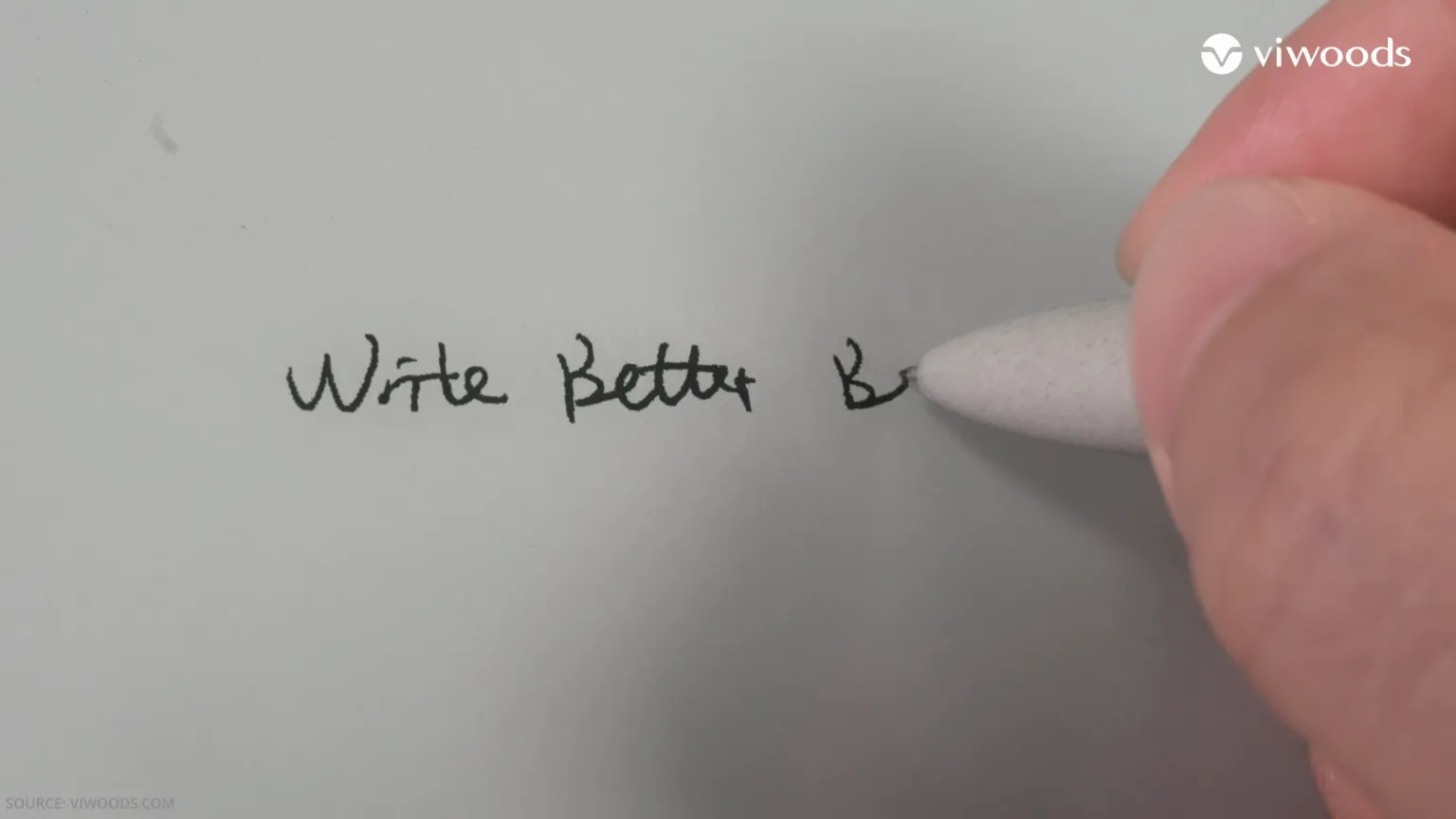
The Viwoods Ceramic Stylus is a very different tool. With its ultra-thin ceramic tip, it stands out as a highly specialized option. It shines in technical and precise tasks — things like architectural diagrams, mathematical equations, or detailed sketches where accuracy is everything. It won’t suit everyone, but for the right use case it offers a level of control that the other styluses don’t.

Overall, I think Viwoods has done well by expanding the stylus lineup. Instead of a one-size-fits-all approach, users now have options depending on whether they value comfort, versatility, or pinpoint precision. Personally, I lean toward the Stylus Pro with the FELT tip for daily writing, but I can see the Ceramic Stylus being indispensable for more technical work.
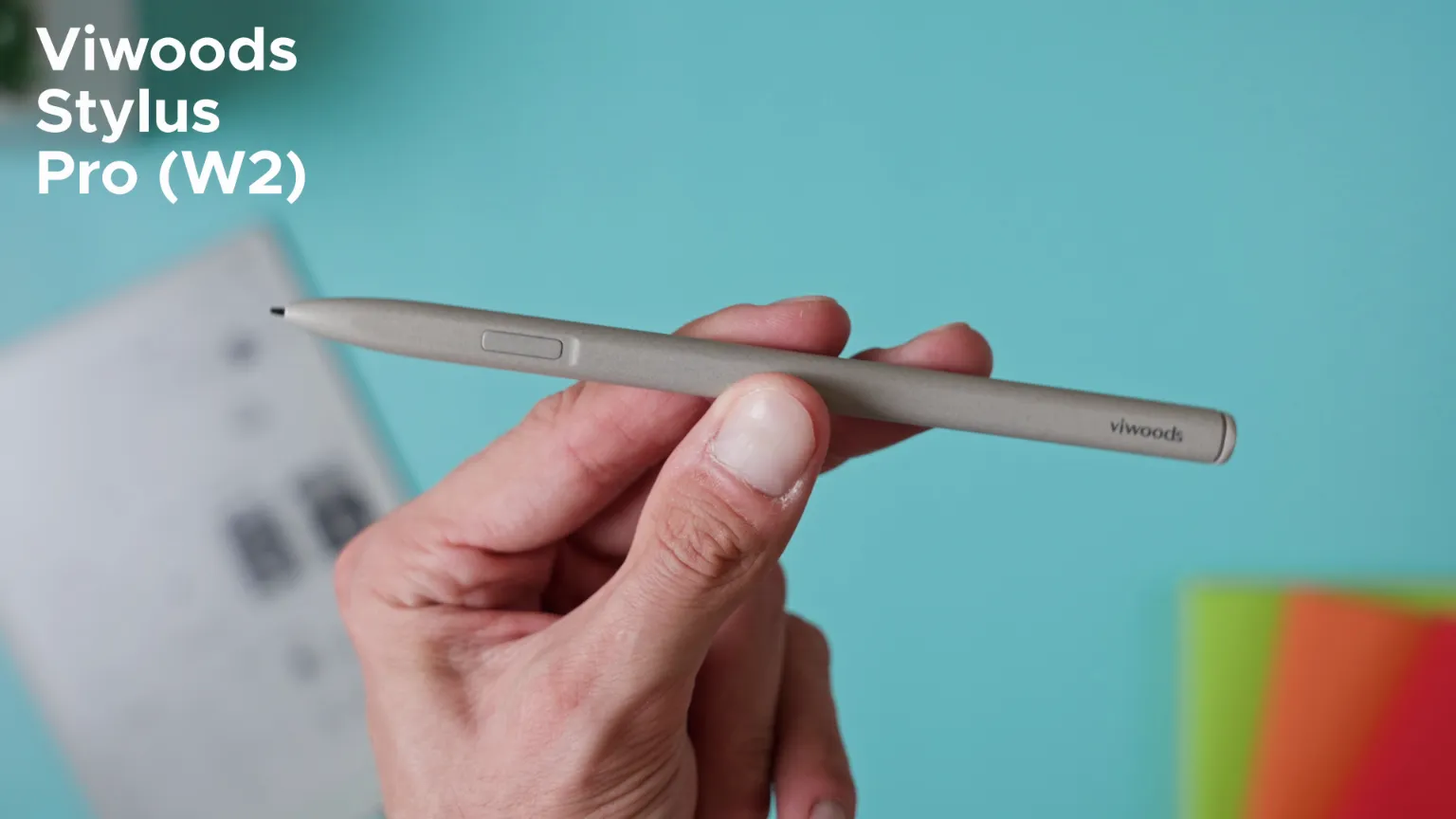
If you’re still considering a device, both the AiPaper and AiPaper Mini remain excellent choices. They’ve matured nicely through firmware updates, and the addition of these new styluses only makes the ecosystem stronger. For anyone looking at e-ink for productivity or creativity, I’d still have no hesitation recommending them.
🛒 Thinking of getting Viwoods Styluses?
FULL ARTICLE ABOVE BUT…
THIS VIDEO COVERS THIS!
OTHER VIDEOS…

